Innovative solutions for greater sustainability
Sustainability is at the core of VOL Ortofrutta's philosophy. We have always been committed not only to the production, but also to the affordability, quality and sustainable aspect of every product we distribute to the large-scale retail trade and wholesalers-through a green-conscious production process, starting from the farms we collaborate with, to the processing done through the agricultural cooperative, to the distribution operations.
We are convinced that only through an ongoing commitment to sustainability can we ensure a better future for our industry and the environment. But we are aware that the market today demands not only healthy and possibly zero-residue vegetables, but also aesthetically pleasing ones. Therefore, we try to offer products that are obviously excellent organoleptically, but also beautiful, tasty and sought-after in variety. And this is possible thanks to a series of investments in the R&D department in order to optimize working tools and production procedures.
